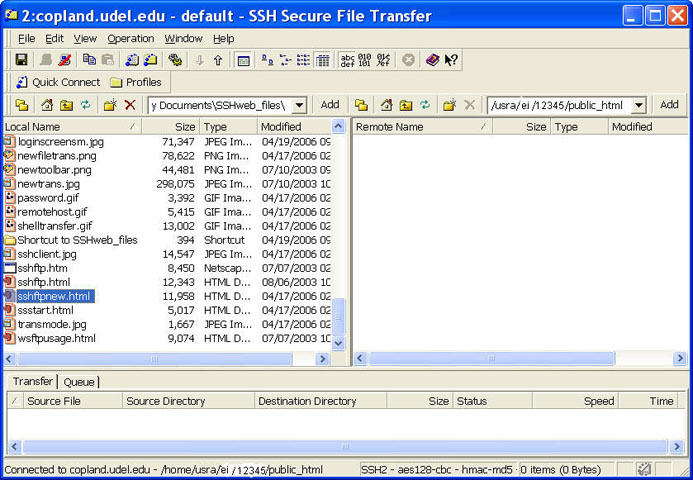
! - When used at the start of a pattern, it negates the match.įor example, Host 10.10.0.* !10.10.0.5 matches any host in the 10.10.0.0/24 subnet except 10.10.0.5.The pattern, Host 10.10.0.? matches all hosts in 10.10.0. Each pattern can contain zero or more non-whitespace character or one of the following pattern specifiers:įor example, Host * matches all hosts, while 192.168.0.* matches hosts in the 192.168.0.0/24 subnet. The Host directive can contain one pattern or a whitespace-separated list of patterns.

Indentation is not required but is recommended since it makes the file easier to read. Each stanza starts with the Host directive and contains specific SSH options used when establishing a connection with the remote SSH server. The contents of the SSH client config file is organized into stanzas (sections). Host hostname1 SSH_OPTION value SSH_OPTION value Host hostname2 SSH_OPTION value Host * SSH_OPTION value The SSH Config File takes the following structure: This file must be readable and writable only by the user and not accessible by others: chmod 600 ~/.ssh/config SSH Config File Structure and Patterns # If the directory doesn’t exist on your system, create it using the command below: mkdir -p ~/.ssh & chmod 700 ~/.sshīy default, the SSH configuration file may not exist, so you may need to create it using the touch command The ~/.ssh directory is automatically created when the user runs the sshĬommand for the first time. ssh directory under the user’s home directory.

OpenSSH client-side configuration file is named config, and it is stored in the.

We are assuming that you are using a Linux or a macOS system with an OpenSSH client installed. This article covers the basics of the SSH client configuration file and explains some of the most common configuration options. OpenSSH allows you to set up a per-user configuration file where you can store different SSH options for each remote machine you connect to. However, there is another, much better, and more straightforward solution to this problem. One option would be to create a bash aliasįor each remote server connection. If you are regularly connecting to multiple remote systems over SSH, you’ll find that remembering all of the remote IP addresses, different usernames, non-standard ports, and various command-line options is difficult, if not impossible.


 0 kommentar(er)
0 kommentar(er)
